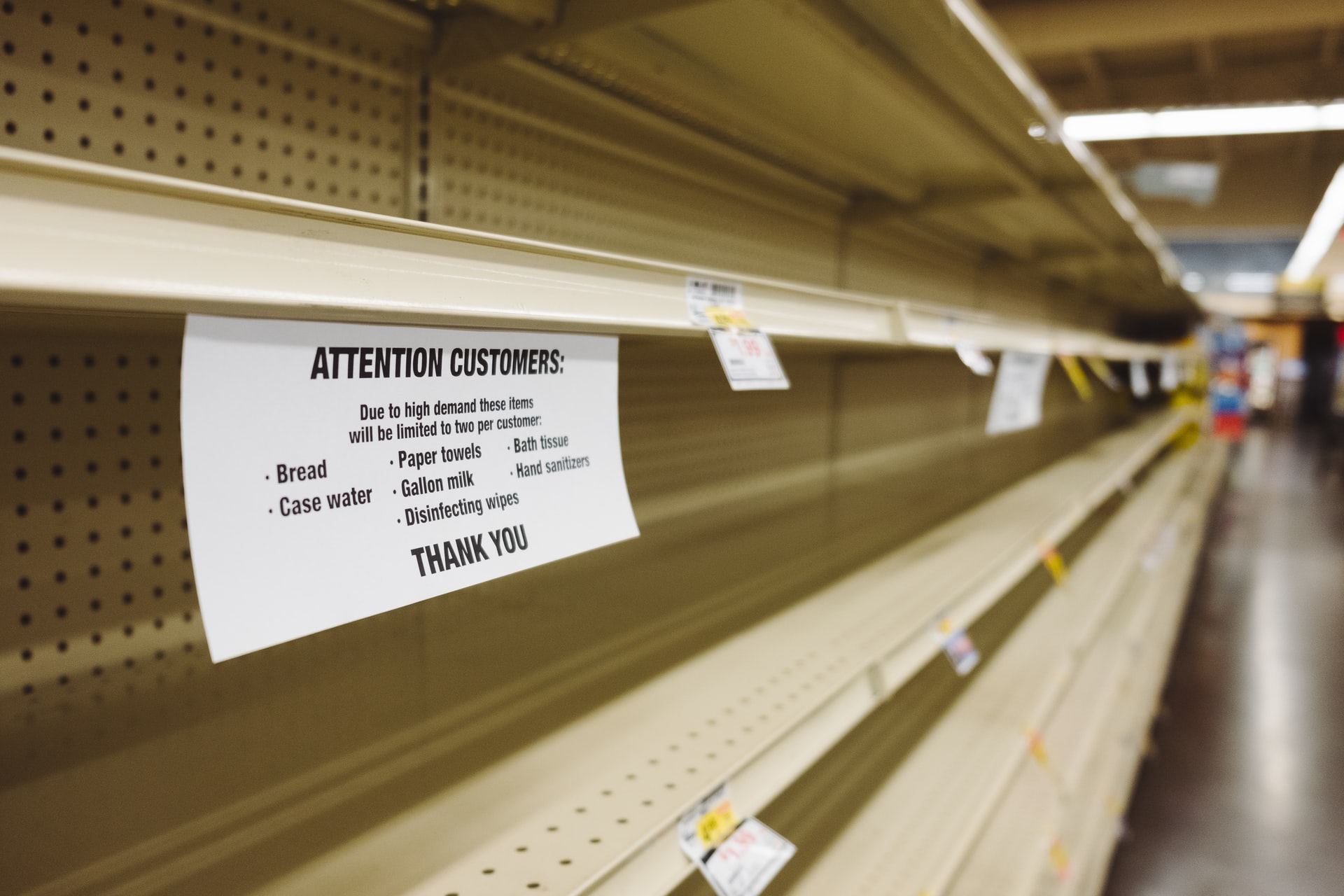4 minutes to a better Retail Industry. Read on.
We are experiencing in real-time the major downside to a global economy. Just as COVID-19 has been a universally shared experience, so, too, is the supply chain crisis unfolding around us. For most consumers, this is the first time that supply and demand have been this out of whack simultaneously. The domino effect has been unprecedented: factory closures; backordered goods; container shortages; harbor queues; labor shortages; unprecedented product demand; and now, inflation. By not traveling, dining out, attending events or shopping as much, consumers’ have been saving. They are finally back and ready to spend but retailers and brands are struggling to fulfill inventory to meet demand. Seemingly no industry has been unaffected, with scarcity rampant in everything from semiconductors to sneakers.
It’s a foregone conclusion that this holiday season will be riddled with toy shortages that will make the great Tickle Me Elmo frenzy of 1996 seem quaint by comparison. However, these supply chain disruptions will not miraculously disappear with the arrival of the new year. For instance, we know already that the semiconductor shortage will not abate this year, with some industry analysts predicting its end in 2023. Inflation has already become a factor in the market and doesn’t appear to be subsiding anytime soon. Investors will be affected as well, with product shortages taking a bite out of profits in the coming months. Micron Technologies (NASDAQ: MU) beat fourth-quarter earnings, yet the memory chip maker’s stock fell 3.6 percent due to its “bleak” outlook for its fiscal 2022 first-quarter, which was revised down by approximately $1 billion.
What good is all this pain if we don’t learn from this situation and evolve?
The system may have been broken by the unprecedented shutdown of the world, but if manufacturers and retailers can take one lesson from all of this it’s that they need to be more data driven to mitigate potential ongoing or future supply chain disruptions.
Now is the time to take the guess work out of manufacturing, buying, marketing while mitigating risks by using technology to fundamentally change the way products are sampled, produced, tested, priced, and marketed.
Integrating solutions such as digital product testing and Voice of the Customer analytics will help connect consumer demand, price elasticity, suggested offers and optimize merchandise assortments in these uncertain times.
Without listening to the Voice of the Customer, how do retailers even know if the products that have taken so long to arrive will resonate with their customers? They really, truly don’t.
These technologies are not a silver bullet. It would not have changed the current shipping issues—yet it would inform smarter, faster inventory decisions and improve the likelihood of higher consumer engagement, fewer markdowns, and higher margins. Every second counts, and our supply chain woes will be with us throughout 2022.
Technological solutions can give manufacturers and retailers some control of this situation to better forecast by providing peace of mind that they have the right product at the right price for their customer.
Stay tuned for more on this topic in the coming weeks.

















